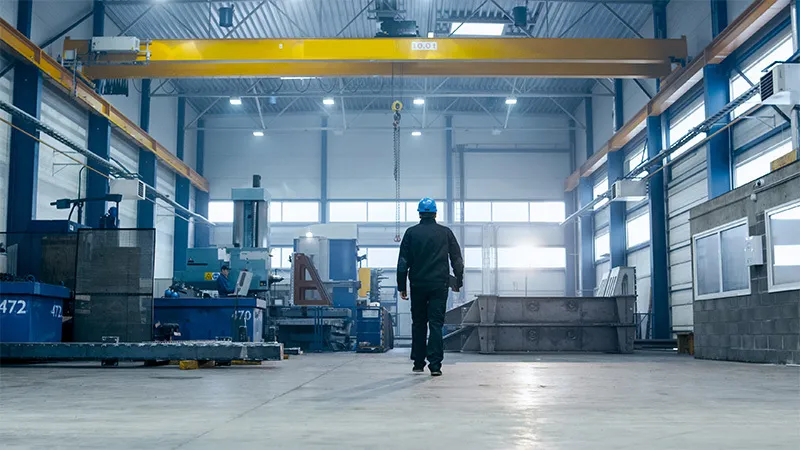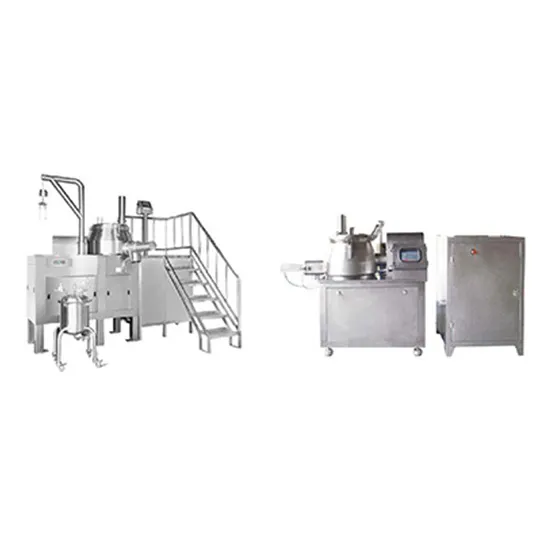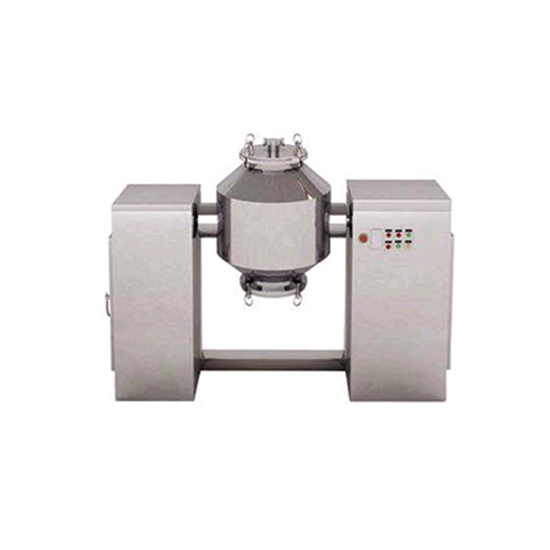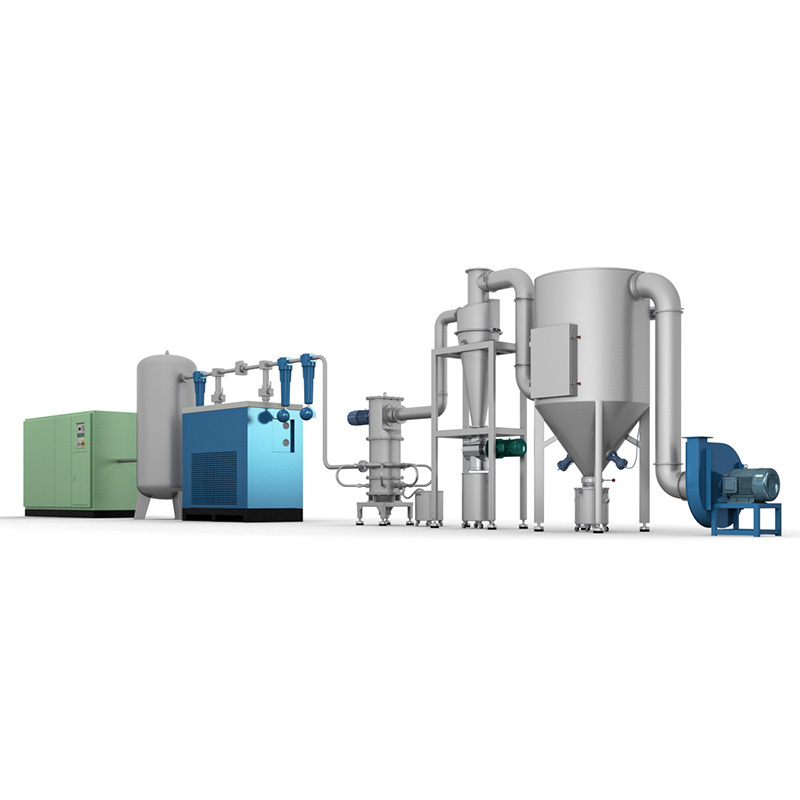NEWS
Granulating: A Comprehensive Guide to Drying Equipment for Industrial Applications
Sep 29,2023
Introduction:
Granulating plays a crucial role in the industrial sector, particularly in the realm of drying equipment. As a method widely employed in the production of dry granules, it enables the transformation of materials into desirable forms for various industrial applications. This comprehensive guide explores the principles, benefits, and applications of granulating, focusing specifically on its role within the field of drying equipment for industries.
I. Understanding Granulating:
Granulating refers to the process of forming larger particles or granules from smaller particles or powders. It involves the use of specialized equipment, such as granulators or fluidized bed dryers, to bind or agglomerate individual particles together. Granulating helps enhance the flowability, solubility, and stability of materials, facilitating their subsequent handling and processing.
II. Principles of Granulating:
Granulating relies on several principles to achieve successful results. These principles include:
1. Agglomeration: Granulating promotes agglomeration, which involves the creation of larger particles by combining smaller particles through mechanisms like compaction, coalescence, or adhesion.
2. Binding Agents: Binding agents, also known as binders, are often used in granulating processes to facilitate particle adhesion. These agents can be in the form of liquids, powders, or polymers, depending on the requirements of the specific application.
3. Control of Moisture Content: Proper control of moisture content is vital in the granulating process. Adjusting the moisture content of the starting material helps ensure proper agglomeration and granule formation.
III. Benefits of Granulating:
Granulating offers numerous benefits in the industrial sector. Some notable advantages include:
1. Improved Product Characteristics: Granulating helps enhance the physical properties of materials, such as flowability, particle size distribution, and compressibility, leading to improved product quality.
2. Efficient Processing: Granules formed through the granulating process are often easier to handle and process, resulting in increased operational efficiency and reduced production time.
3. Customization and Control: Granulating allows for precise control over the size, density, and composition of the granules, enabling customization according to specific industry requirements.
IV. Applications of Granulating in Drying Equipment:
Granulating finds extensive applications in the field of drying equipment. Some key applications include:
1. Pharmaceutical Industry: Granulating is widely used in pharmaceutical manufacturing to produce granules for tablets, capsules, or other solid dosage forms. It enables better drug uniformity, controlled release, and improved stability.
2. Food and Beverage Industry: Granulating plays a significant role in the production of 香蕉传媒 ingredients, such as powders, spices, and flavorings. It helps improve product handling, dispersion, and dissolution characteristics.
3. Chemical Industry: Granulating is utilized in the chemical industry to produce granules for fertilizers, detergents, catalysts, and various other chemical products. It aids in controlling dust generation, improving flow properties, and enhancing storage stability.
Conclusion:
Granulating, a vital process in the realm of drying equipment, offers numerous benefits and applications across various industries. By understanding the principles and advantages of granulating, industries can optimize their production processes, improve product quality, and meet specific requirements with greater efficiency. Embracing the science and technology of granulating paves the way for innovation and advancement in the industrial equipment and components sector.
Granulating plays a crucial role in the industrial sector, particularly in the realm of drying equipment. As a method widely employed in the production of dry granules, it enables the transformation of materials into desirable forms for various industrial applications. This comprehensive guide explores the principles, benefits, and applications of granulating, focusing specifically on its role within the field of drying equipment for industries.
I. Understanding Granulating:
Granulating refers to the process of forming larger particles or granules from smaller particles or powders. It involves the use of specialized equipment, such as granulators or fluidized bed dryers, to bind or agglomerate individual particles together. Granulating helps enhance the flowability, solubility, and stability of materials, facilitating their subsequent handling and processing.
II. Principles of Granulating:
Granulating relies on several principles to achieve successful results. These principles include:
1. Agglomeration: Granulating promotes agglomeration, which involves the creation of larger particles by combining smaller particles through mechanisms like compaction, coalescence, or adhesion.
2. Binding Agents: Binding agents, also known as binders, are often used in granulating processes to facilitate particle adhesion. These agents can be in the form of liquids, powders, or polymers, depending on the requirements of the specific application.
3. Control of Moisture Content: Proper control of moisture content is vital in the granulating process. Adjusting the moisture content of the starting material helps ensure proper agglomeration and granule formation.
III. Benefits of Granulating:
Granulating offers numerous benefits in the industrial sector. Some notable advantages include:
1. Improved Product Characteristics: Granulating helps enhance the physical properties of materials, such as flowability, particle size distribution, and compressibility, leading to improved product quality.
2. Efficient Processing: Granules formed through the granulating process are often easier to handle and process, resulting in increased operational efficiency and reduced production time.
3. Customization and Control: Granulating allows for precise control over the size, density, and composition of the granules, enabling customization according to specific industry requirements.
IV. Applications of Granulating in Drying Equipment:
Granulating finds extensive applications in the field of drying equipment. Some key applications include:
1. Pharmaceutical Industry: Granulating is widely used in pharmaceutical manufacturing to produce granules for tablets, capsules, or other solid dosage forms. It enables better drug uniformity, controlled release, and improved stability.
2. Food and Beverage Industry: Granulating plays a significant role in the production of 香蕉传媒 ingredients, such as powders, spices, and flavorings. It helps improve product handling, dispersion, and dissolution characteristics.
3. Chemical Industry: Granulating is utilized in the chemical industry to produce granules for fertilizers, detergents, catalysts, and various other chemical products. It aids in controlling dust generation, improving flow properties, and enhancing storage stability.
Conclusion:
Granulating, a vital process in the realm of drying equipment, offers numerous benefits and applications across various industries. By understanding the principles and advantages of granulating, industries can optimize their production processes, improve product quality, and meet specific requirements with greater efficiency. Embracing the science and technology of granulating paves the way for innovation and advancement in the industrial equipment and components sector.
More News










